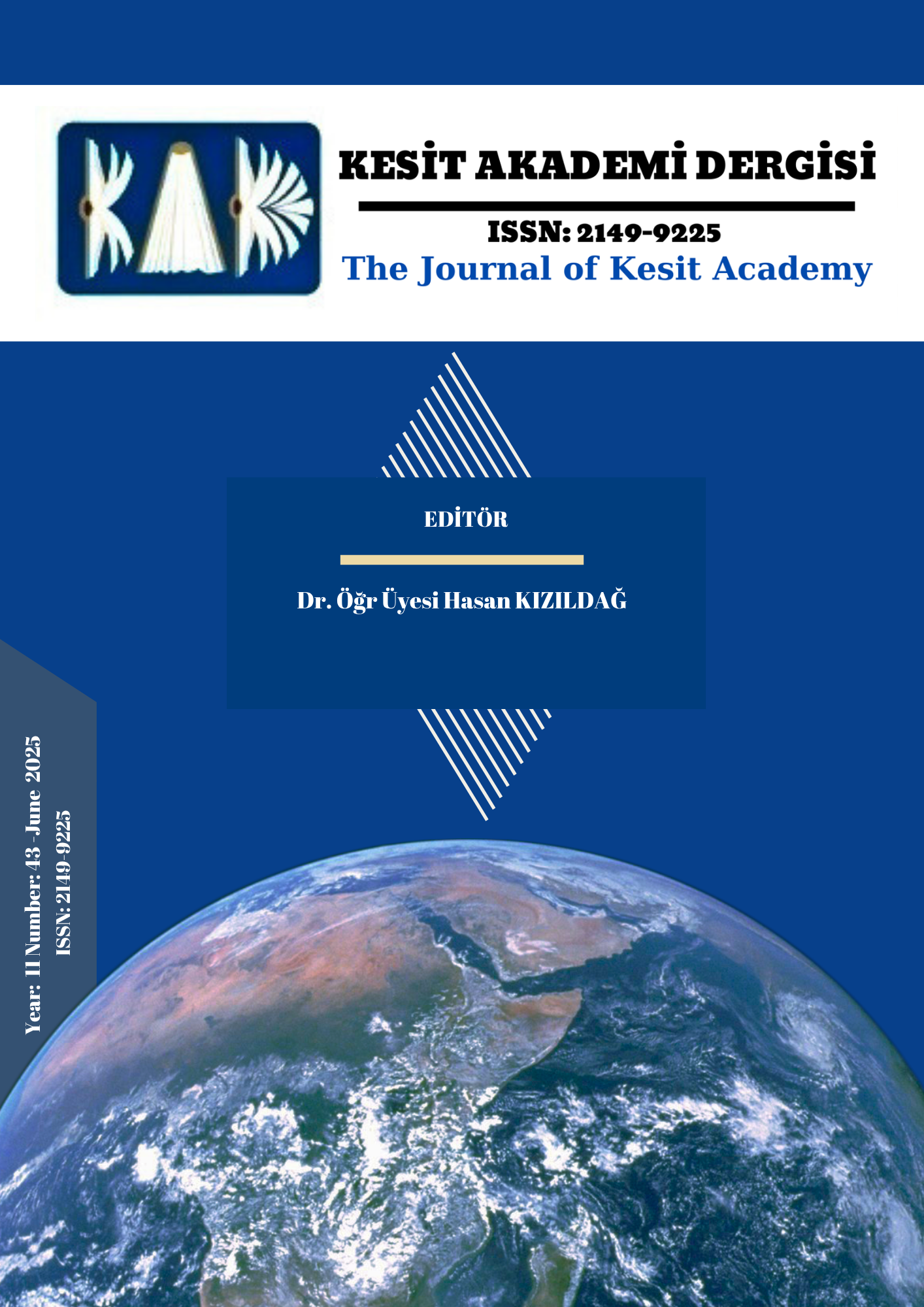Author :
Abstract
Büyük parçalardan küçük parçalara indirgemeye dayalı bir müzik eserini analiz etmenin didaktik yöntemi, ilk bölümleme seviyesinin bir birimine, metinde ikili anlamı olan bir motife yol açar. Bu hem anlamsal hem de sözdizimsel bir yapıdır. Anlamsal açıdan eserin ana fikir(ler)ini, yapısal açıdan ise temanın vezin, ritim, makam vb. gibi temel biçimsel özelliklerini yansıtır. Motif analizinin temel sorunlarından biri motifin sınırlarını belirlemek, onu metinden izole etmek ve komşu formlardan ayırmaktır. Bu, motifin çeşitli formüllerle belirlenen yapısal özelliklerinin belirlenmesiyle büyük ölçüde kolaylaştırılır: motif metinden izole edilebilir olmalı, farklı ve hiyerarşik ilişkiler içinde olan en az iki unsurdan oluşmalıdır. Bu çalışma, motifi, bir müzik eserinin tüm ifade araçlarının yer aldığı küçük formda, bütünün yapısal ve anlamsal bir birimi olarak görmektedir.
Keywords
Abstract
The didactic method of analyzing a musical work based on a reduction from large parts to smaller ones leads to a unit of the first level of division – a motive, which has a dual meaning in the text – it is both a semantic and a syntactic structure. In the semantic aspect, it reflects the main idea(s) of the work, and in the structural aspect – the main formal features of the theme, which include meter, rhythm, mode, etc. One of the main problems of motive analysis is determining the boundaries of the motive, isolating it from the text, and separating it from neighboring forms. This is largely facilitated by establishing the structural features of the motive, which are designated in several formulas: the motive must be isolable from the text, consist of at least two elements that are different and in the hierarchical relationships. This work considers the motive as a structural and semantic unit of the whole, in the small form of which the entire set of expressive means of a musical work is contained.





